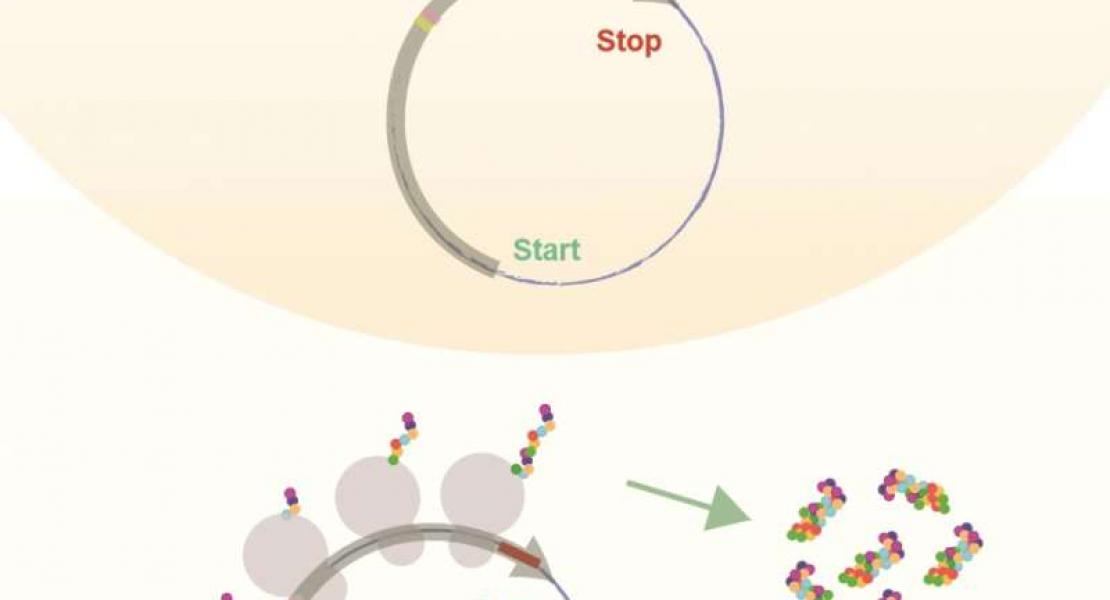lincRNAs transactivate STAU1-mediated mRNA decay by duplexing with 3' UTRs via Alu elements

Abstract
Staufen 1 (STAU1)-mediated messenger RNA decay (SMD) involves the degradation of translationally active mRNAs whose 39-untranslated regions (39 UTRs) bind to STAU1, a protein that binds to double-stranded RNA1,2. Earlier studies defined the STAU1- binding site within ADP-ribosylation factor 1 (ARF1) mRNA as a 19-base-pair stem with a 100-nucleotide apex2 . However, we were unable to identify comparable structures in the 39 UTRs of other targets of SMD. Here we show that STAU1-binding sites can be formed by imperfect base-pairing between an Alu element in the 39 UTR of an SMD target and another Alu element in a cytoplasmic, polyadenylated long non-coding RNA (lncRNA). An individual lncRNA can downregulate a subset of SMD targets, and distinct lncRNAs can downregulate the same SMD target. These are previously unappreciated functions of non-coding RNAs and Alu elements3–5. Not all mRNAs that contain an Alu element in the 39 UTR are targeted for SMD even in the presence of a complementary lncRNA that targets other mRNAs for SMD. Most known transacting RNA effectors consist of fewer than 200 nucleotides, and these include small nucleolar RNAs and microRNAs. Our finding that the binding of STAU1 to mRNAs can be transactivated by lncRNAs uncovers an unexpected strategy that cells use to recruit proteins to mRNAs and mediate the decay of these mRNAs. We name these lncRNAs half-STAU1-binding site RNAs (1/2-sbsRNAs).
